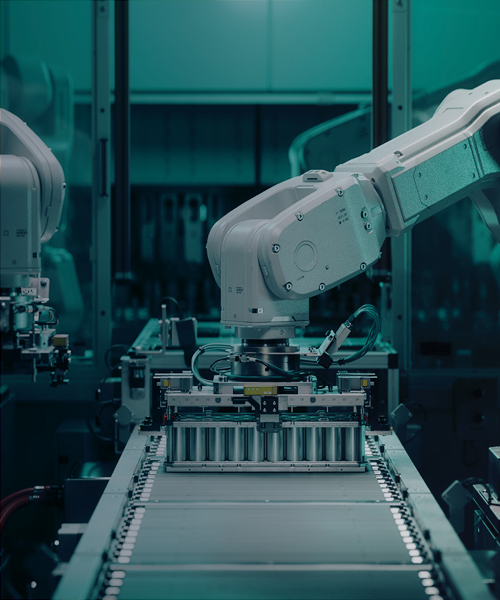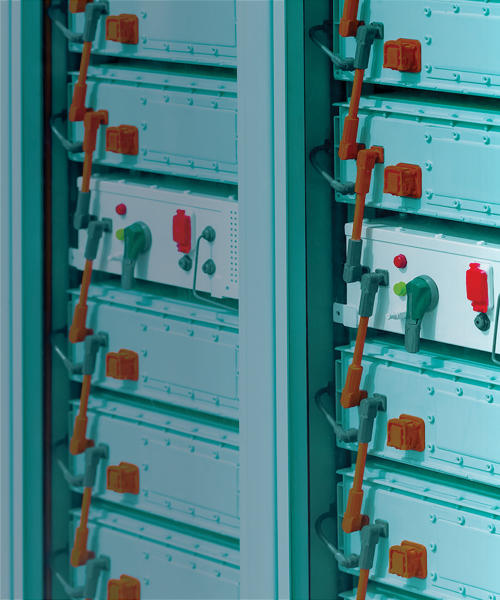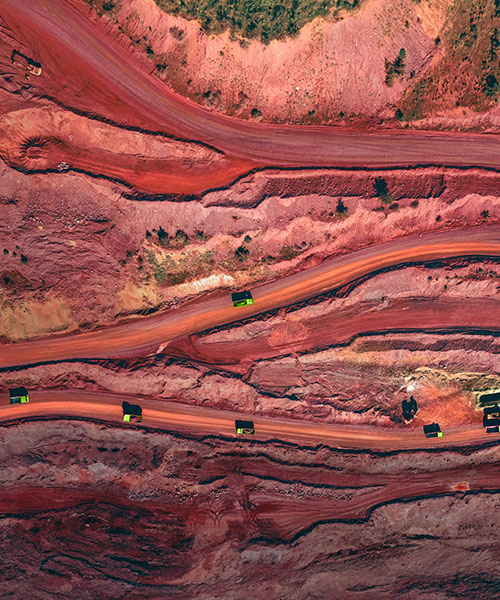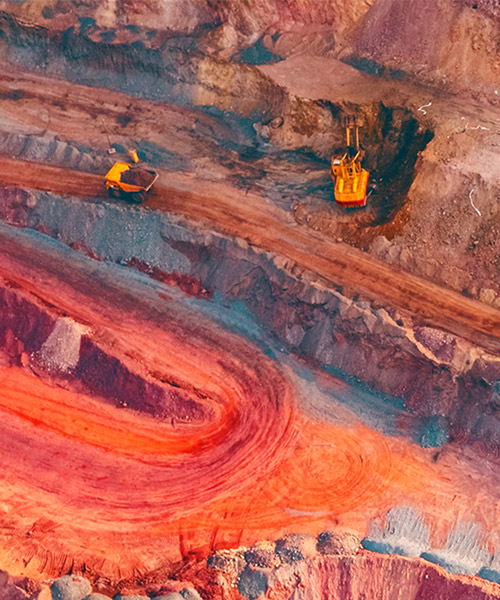September 11, 2024 • 5 min read
Part 1
Journey to a net zero battery: A highly charged issue
Batteries are essential to reach net zero targets. But we can’t overlook needing to balance their current environmental impacts. How can we produce them more sustainably?
In part one of our five-part series on the journey to a net zero battery, we look at the demand driving raw material production for batteries, before moving on to sustainability within anode and cathode production.
The scale of the environmental impact of mining for battery materials
Electric vehicles (EVs) and battery energy storage systems (BESS) are vital to the energy transition and the world’s net zero ambition. However, there is an urgent need to address the environmental footprint of the batteries themselves, to ensure we don’t create other risks to the environment as we transition to an electric future.
It is now widely accepted that EVs have a lower lifecycle impact than internal combustion engine (ICE) powered vehicles, even though the carbon footprint to produce EVs is much higher than their ICE equivalents, with 40-60 percent of that footprint due to the battery.1
According to an ABC report, it’s estimated that an EV will offset the emissions from its production at 38,000 kilometers, or 23,600 miles. “The time it takes for an EV to offset its initial carbon footprint varies based on several factors, such as the electricity mix used for charging, the size and type of the battery, processes used in its production and the fuel efficiency of the ICE it's compared to,” explains Darryn Quayle, Vice President.
While EVs undoubtedly have a lower carbon footprint in the long term, more needs to be done to ensure environmental challenges are addressed across their supply chain.
What makes up the lifecycle impact of a battery?
While the true lifecycle impact of a battery depends on a range of factors, cathode and anode materials make up over 50 percent of the CO2e contributors to a battery’s carbon footprint2.
“Upon examining the contributions from individual minerals and the processing steps from initial mining operations to the chemical synthesis of battery components, it becomes clear that the production of this crucial energy transition technology has a significant and variable environmental impact,” says Quayle.
For example, industry leading environmental consultancy and software development company Minviro estimates that every tonne of lithium mined from hard rock releases 15 tonnes of CO2.
How demand for batteries is changing the mining industry
Legislation to reduce emissions to zero in major global markets is driving EV growth, surging demand for lithium-ion batteries, and the materials that make them. GlobalData’s commodity data forecasts that global lithium production is on course for year-on-year growth of 37.5 percent in 2024, followed by further rises of 29.7 percent in 2025 and 21.5 percent in 2026. Yet amid the reported slowdown in European EV demand during 2023, year-on-year growth of lithium production is expected to soften to 14.2 percent by 2027 and reduce further to a 5.4 percent rise by 2030.
However, the trend is upward. And the demand curves for other battery minerals are similar.
“The rapid expansion of lithium mining serves as a notable illustration of mining’s longer-term contribution to mitigating climate change,” explains Quayle. “We’re mining new materials that were seen as boutique as little as five years ago. Lithium was once largely used in pharmaceutical products and makeup, amongst others. Now, we're using it extensively in EVs and attention is pivoting to what impact is involved.”
Along with lithium, demand is increasing year-on-year for nickel, cobalt, and manganese to manufacture battery cathodes. To manufacture the anodes, supplies of graphite are also going up. GlobalData’s figures project that the total global production of graphite will almost double from 980,392 tonnes a year in 2020 to 1,861,705 tonnes a year by 2030. “It should not be overlooked that synthetic graphite production has the highest CO2e per kWH of all battery materials,” says Quayle.
Amid rising demand, addressing the environmental impact of the battery supply chain is crucial to ensure a more sustainable transition. How can technology help?
The role of technology and scale up
Advancing and deploying technology is essential to usher in an era of lower-carbon mining and raw material processing.
“Developing a new technique to reduce the carbon footprint of mineral extraction or processing is futile without the ability to scale, commercialize, and deploy it,” says Quayle.
“We collaborate closely with partners and stakeholders throughout the battery lifecycle – from raw material extraction to battery manufacturing and eventual recycling – to implement lower carbon mining technologies.”
Notable examples of decarbonizing mining operations include electrification, streamlining water and energy consumption, adjusting fuel mix, deploying carbon capture solutions and using newer, more sustainable processing technologies. Hybrid power systems that combine renewable and traditional power sources can also ensure a stable and sustainable energy supply.
“We recently partnered with BluVein to accelerate the deployment of their unique dynamic charging technology, paving the way for heavy haulage electrification solutions suitable for surface and underground mines globally,” says Quayle.
Delivering on the world’s ambition of a net zero battery requires new solutions. Often, innovations begin at smaller companies that may lack the resources to scale up. “To bridge this gap, we’re working with many companies on transformative solutions to support their development and expansion,” says Quayle. “The goal is to establish a robust and sustainable supply chain while meeting demand for battery materials and facilitating the development of new technologies at speed and scale.”
“This is a new frontier for us,” continues Quayle. “There’s a lot more to-ing and fro-ing as we work together and develop the technology at pace for an industry that is looking to advance at pace. We also look beyond traditional mining activity to identify and support new ways of making and recovering critical minerals,” he says. “This includes alternative graphite feedstocks from bio-derived materials, using carbon capture and carbon as a by-product to create anode materials, and the opportunity to reprocess tailings to extract value from low grade deposits that were previously a waste stream.”
Driving the batteries revolution
According to Quayle, the journey to a zero carbon battery is not about sitting back and waiting. “It’s actively driving the industry in assisting the best in class,” he says. “That's a key part of our approach. We’re increasingly comfortable in that first-of-a-kind space. It’s a challenging place for engineering, but very exciting to be at the center of an industrial revolution.”
Missed parts two, three or four in our ‘Journey to a net zero battery’ series? Click on the tile below to read it now.







